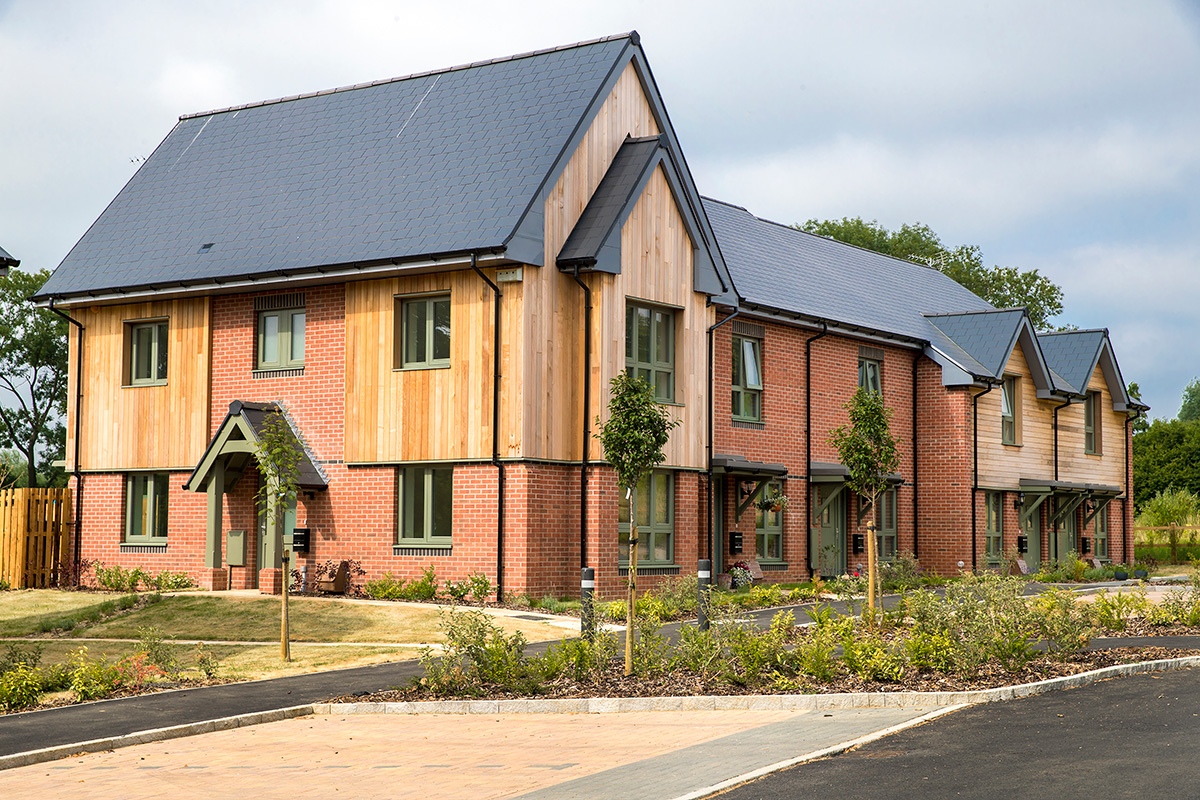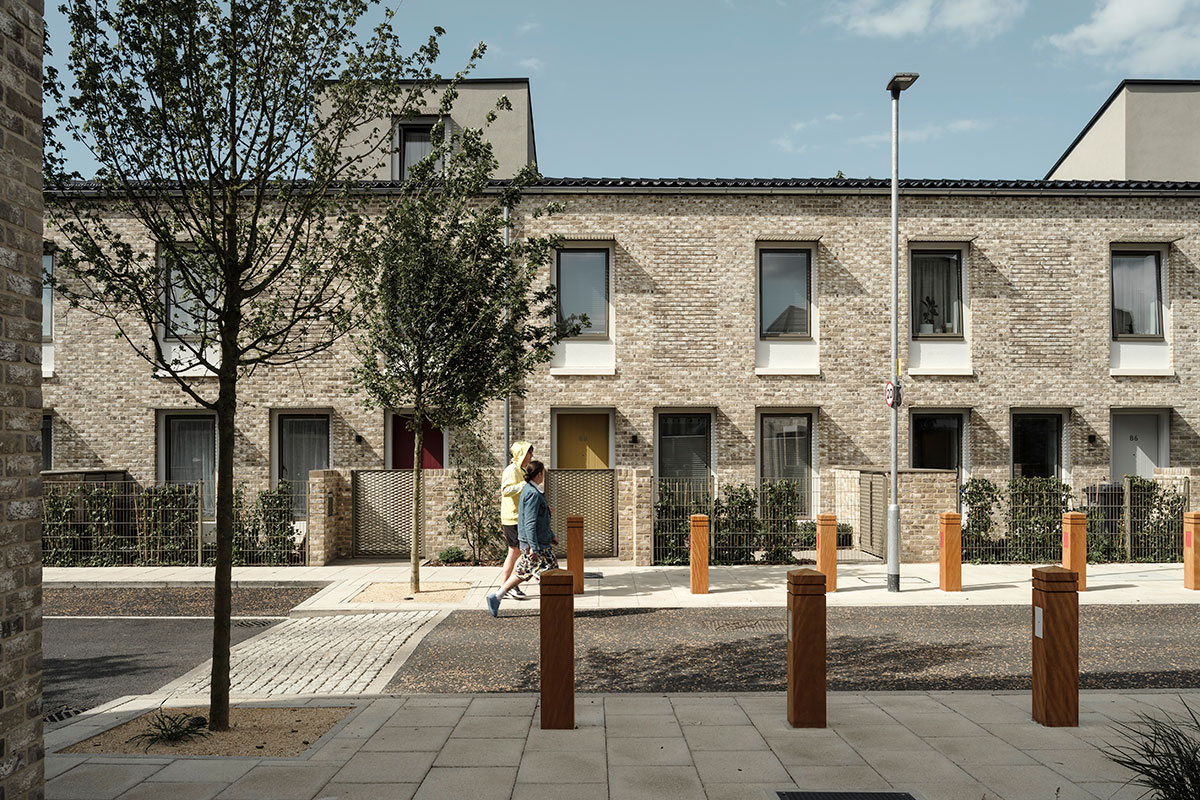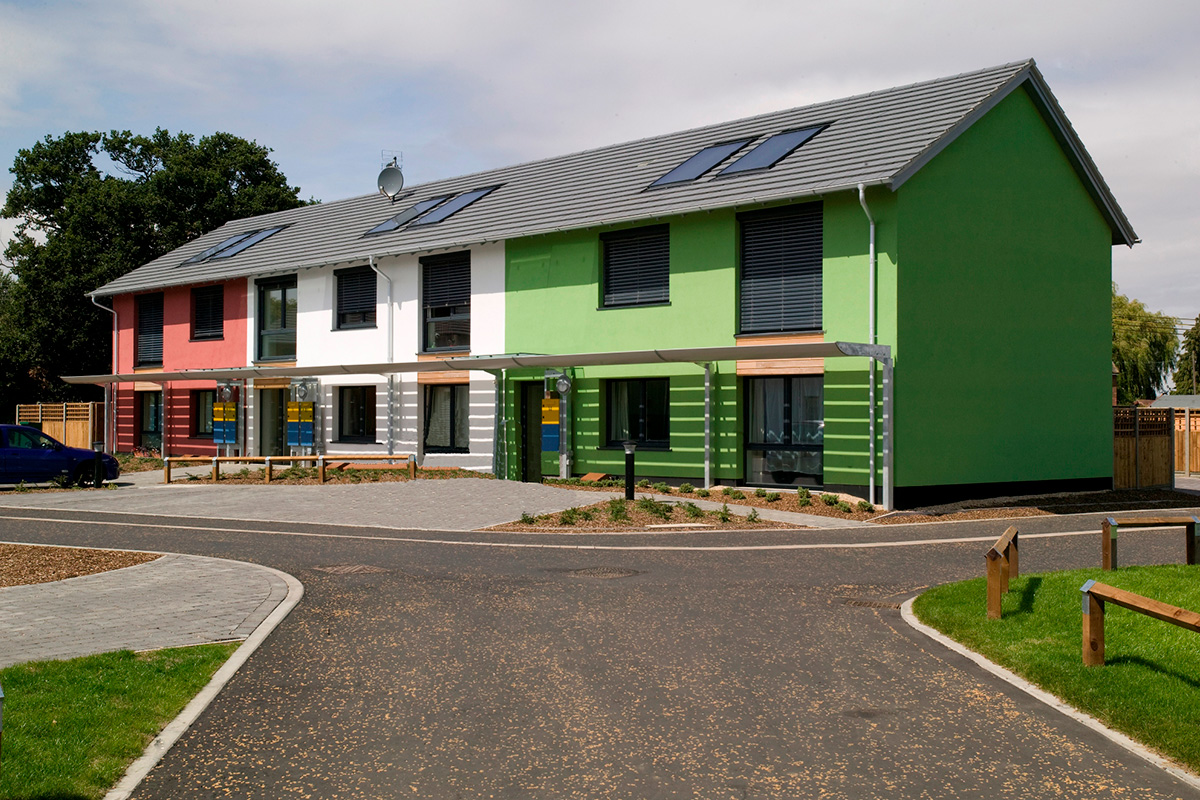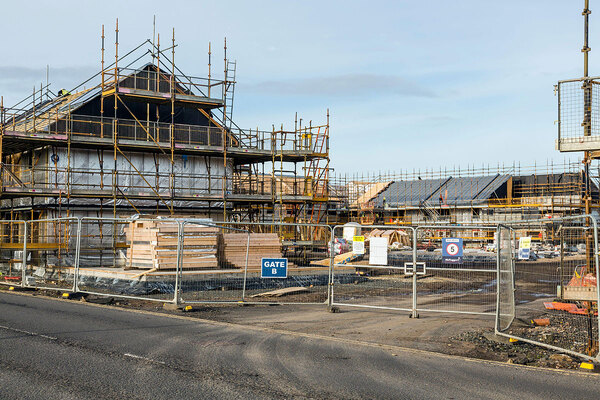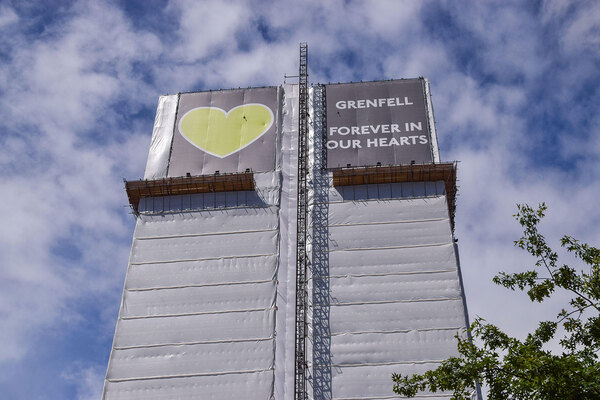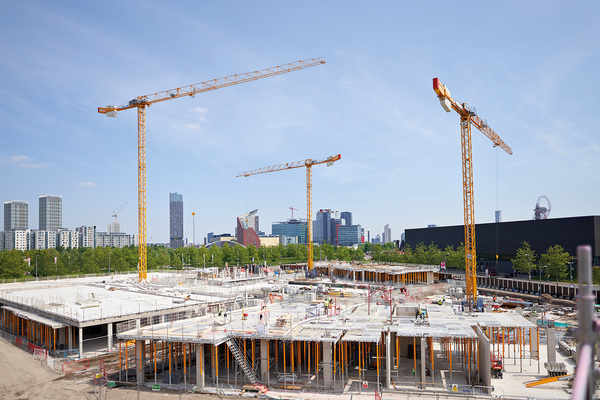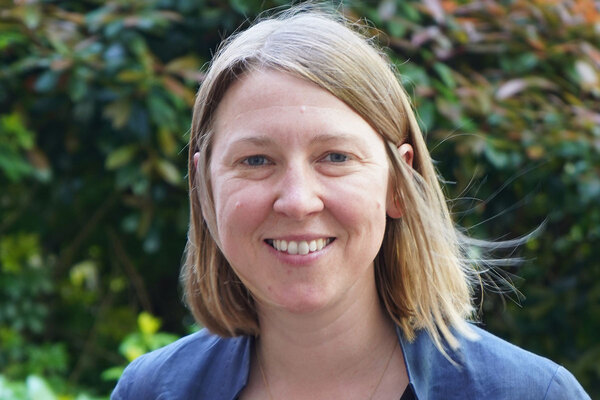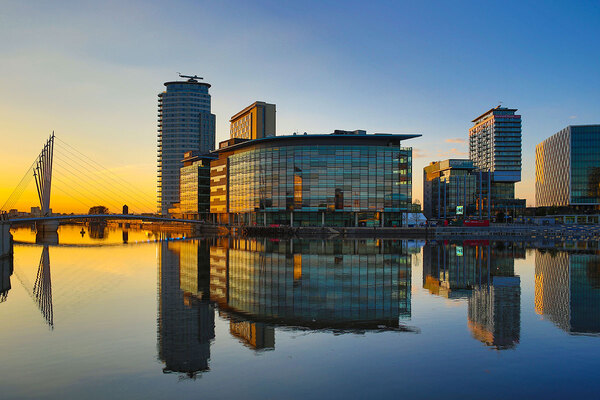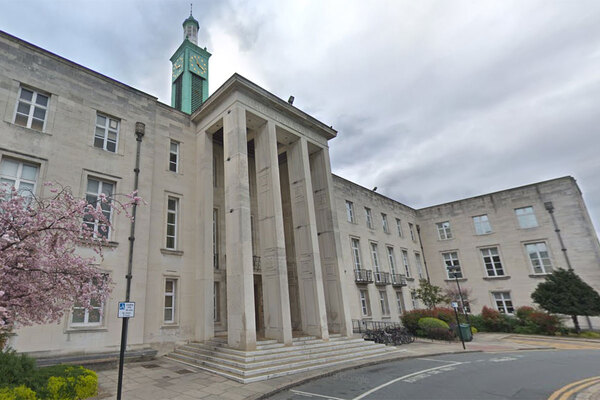How to pay for zero carbon
Existing homes will need to be retrofitted and new build will need to meet much tougher standards if the UK’s carbon targets are to be met. But how will social landlords afford to do this work? Gavriel Hollander reports
Back in October last year, the UK’s top architecture award – the Stirling Prize – was won by a small family housing scheme in Norwich.
At the time, most of the attention was focused on how a row of social homes in Norfolk was able to claim a prize often reserved for glittering steel and glass testaments to architectural ego. But Norwich City Council’s Goldsmith Street scheme may prove to be more noteworthy in the long term for a different reason.
The 94 homes were built to the Passivhaus Standard, making them up to 70% more energy efficient. With the government aiming for all homes to be net carbon zero by 2050 (and with plenty of local councils choosing to bring that date forward to 2030), Goldsmith Street begins to look like a possible vision of the future.
To many minds, there is an inherent tension when it comes to the zero-carbon agenda and social housing. While there is a clear imperative (both legislatively and environmentally) to build in a more sustainable way, zero-carbon development brings extra cost – and that is not to mention the additional burden for landlords of retrofitting existing stock.
“It could affect the number of homes we could deliver if subsidy levels aren’t what they need to be”
At a time when housing association budgets are under pressure like never before, and while many are simultaneously trying to maintain bold new build programmes to match government ambition on housebuilding, there are legitimate questions to ask about how both goals can be achieved.
“The short answer is: there is a challenge and largely it does come down to finance,” admits Chris Meadows, regional development manager at Hastoe Housing Association, a rural landlord with 7,500 homes in the South of England that has a long tradition of building energy-efficient homes.
“Ultimately, once that target is in place, if there’s sufficient investment made at the central government level to achieve the net-zero aim, then we will move towards that. But it could affect the number of homes we could deliver if subsidy levels aren’t what they need to be.”
Even as an association that is familiar with the particular challenges of building with an eye on the carbon agenda, Hastoe acknowledges that doing so comes at a premium.
Mr Meadows says that developing homes to the Passivhaus Standard incurs an extra cost of 20-25% compared to standard building regulations.
Hastoe has shown that the investment pays off. The association built the UK’s first rural social housing Passivhaus scheme in Wimbish, Essex, nearly a decade ago.
An independent analysis of the scheme in 2018 found that heating bills for the 25 homes were as low as £130 a year.
It has since completed another small Passivhaus scheme in Sharnbrook, Bedfordshire, in 2018.
Hastoe has used some local authority contributions and some cross-subsidy to fund these schemes, but the majority of its development is still not Passivhaus. Instead, the association commits to all its developments reaching what it calls its Hastoe Homes Standard, a ‘fabric-first’ approach to reduce energy consumption that is beyond current building regulations but short of the Passivhaus Standard.
Mr Meadows describes it as “setting ourselves an interim benchmark standard”. But if it is hard enough for social landlords to build new homes to the standards required by the zero-carbon agenda, retrofitting existing stock is a whole other ball game.
“I don’t think any housing association has yet built the approximated cost of net-zero carbon into the business plan that is with the regulator, and so it’s a big challenge”
The Raven Housing Trust, which manages more than 7,000 homes in the South East of England, estimates that it will cost around £115m to reduce carbon emissions from its housing stock by about 80% from current levels (with the hope that the decarbonisation of the grid as a whole will see these homes achieve net zero). Raven expects to spend around £470m over the next 30 years on maintenance so the extra expense would add 25% to that cost.
The retrofit bill works out at around £20,000 per home for the 5,800 Raven has responsibility for. That figure is nearly two-thirds the average grant that the government gives to build a new social home.
As Jonathan Higgs, chief executive at Raven, puts it: “Our ambition is measured but the price tag attached is massive.”
That cost is not yet in Raven’s business plan, and Mr Higgs, who will take part in an online seminar on building towards the carbon-zero target as part of Inside Housing’s Digital Housing Week next Monday (22 June), believes the sector as a whole has yet to come to terms with the scale of the challenge.
“I don’t think any housing association has yet built the approximated cost of net-zero carbon into the business plan that is with the regulator, and so it’s a big challenge,” he explains. “Our approach to eating this elephant is a bit at a time.”
What that means in practice is that Raven triages its properties to work out which need what kind of intervention and how much that might cost. That process also improves the data the association has on its properties, something which Mr Higgs says is crucial to tackling such a monumental challenge across the sector.
“Most organisations have very poor data about their properties, even though they think they’ve got good data. There are invariably lots of gaps so getting better quality data on your assets is a good start.”
And having better quality data across the sector can lead into another process that Mr Higgs thinks is key: collaboration. He says he will be calling for “half a dozen organisations to put 10 grand into a pot” as a starting point for the sector to work together on decarbonisation.
Gillian Charlesworth, chief executive of the BRE and another panellist at next week’s seminar, agrees that data and collaboration are two of the cornerstones for the sector to move towards a zero-carbon future.
Hastoe’s rural social housing scheme in Wimbish, Essex, was built 10 years ago. Heating for the 25 homes is as low as £130 per year
The third element, she says, is funding. The Conservative manifesto before last year’s general election pledged £6.3bn to improve the energy efficiency of 2.2 million social homes, and a further £3.8bn in a Social Housing Decarbonisation Fund. It remains to be seen whether the government follows through on these commitments in the teeth of the COVID-19 pandemic. But with the ultimate cost of retrofit likely to be many multiples of this amount anyway, Ms Charlesworth says any government funding needs to be supplemented to meet what she calls “the monumental challenge” of existing stock.
“The money that’s been pledged is welcome but it’s really about leveraging in other investment,” she continues. “A lot of lenders are beginning to see this as an opportunity, so you can see the catalysation beginning, but certainly existing stock is the biggest challenge by a long way.”
Nevertheless, Ms Charlesworth is optimistic that carbon zero can be achieved by 2050. “More people in this sector are seeing the zero-carbon goal as an opportunity rather than a problem,” she says, adding that this is a shift from a decade ago.
However, the lessons of the past hang heavy over the sector. It was way back in 2006 that Gordon Brown (then chancellor) said that all new homes would be zero carbon within 10 years. That target was scrapped as successive governments pivoted their priorities towards tackling the budget deficit. For housing associations that have to make long-term plans themselves, the memory lingers.
“I agree with having these goals set, [but] it is difficult to sort of take them as read at this stage if it’s that far in the future,” says Hastoe’s Mr Meadows.
“We want to reduce our impact proactively; we don’t feel like we can deliver zero carbon on every scheme but we can deliver a greater standard, and that’s what we’re working towards.”
He believes that other developers will be “waiting until they’re told what to do” before committing significant funds towards decarbonisation.
“We need to be aware that for us to commit to bringing our standard up to zero carbon – knowing the financial challenges of that and the fact that it is so far down the line – would be a bit short-sighted of us in some regard.”
‘How can we make it financially viable to become carbon zero?’ is a session taking place at Digital Housing Week – a week-long online conference – on 22 June, 2.30pm. Find out more at www.insidehousing.co.uk/events/digital-housing-week
Sign up to our Best of In-Depth newsletter
We have recently relaunched our weekly Long Read newsletter as Best of In-Depth. The idea is to bring you a shorter selection of the very best analysis and comment we are publishing each week.
Already have an account? Click here to manage your newsletters.
